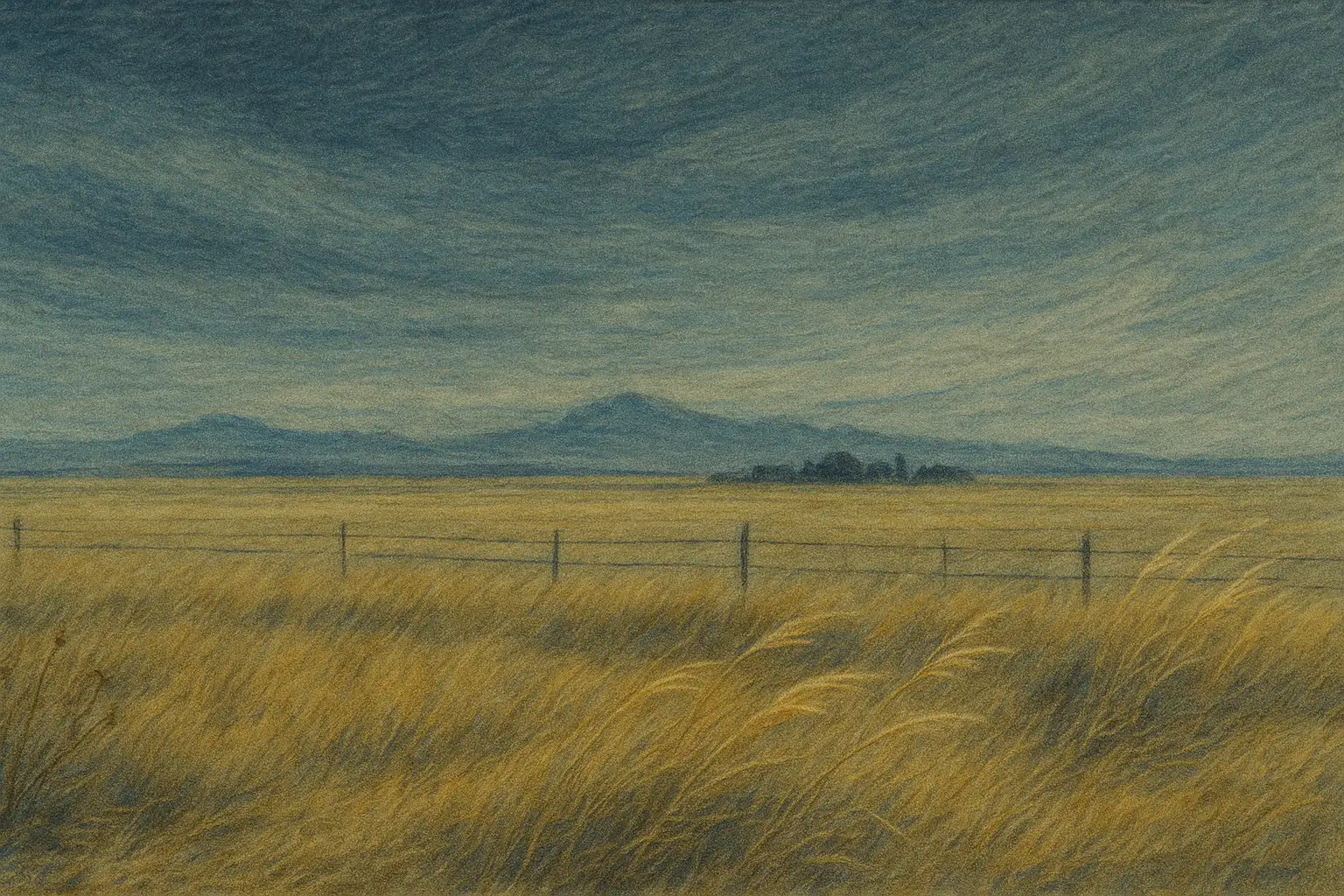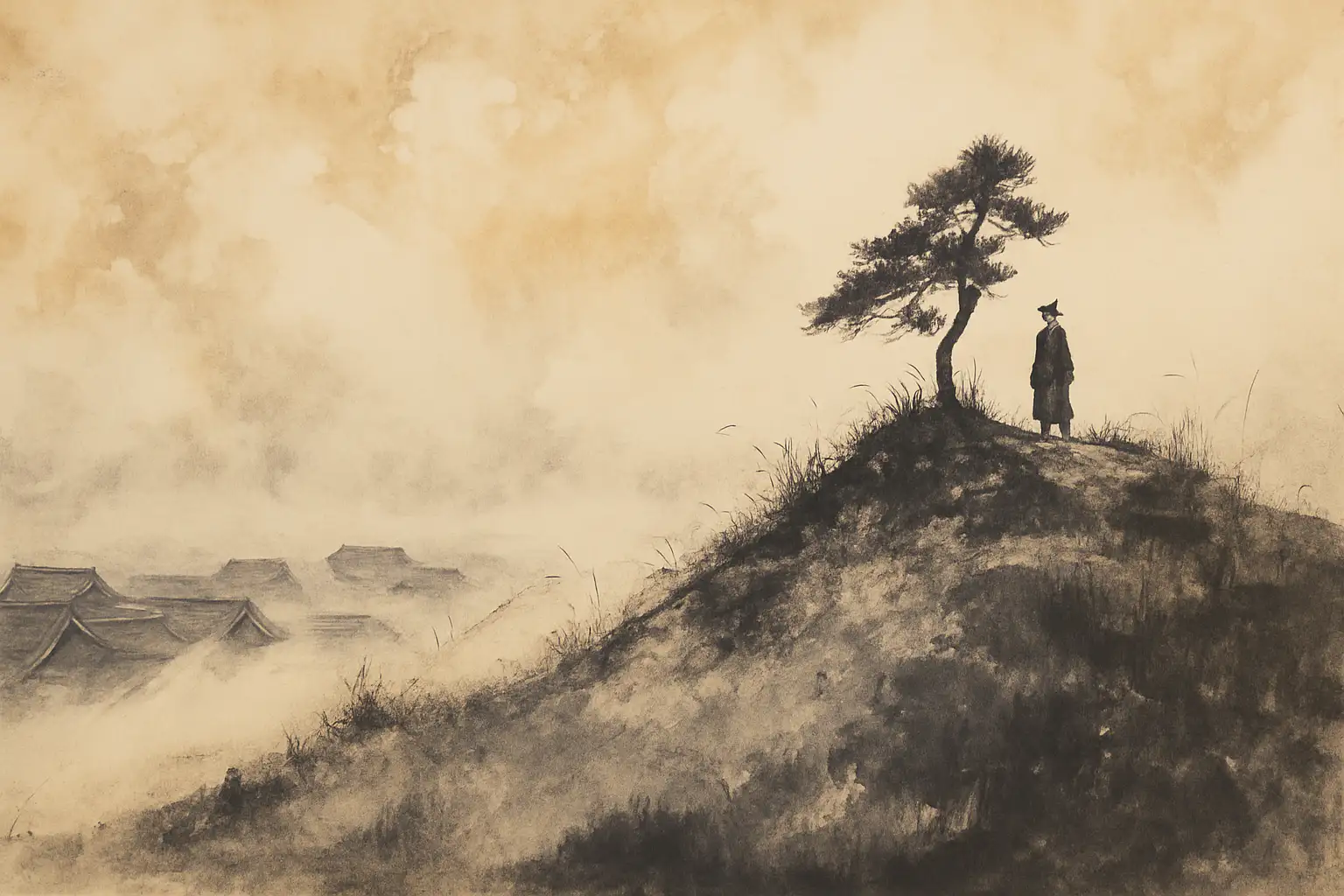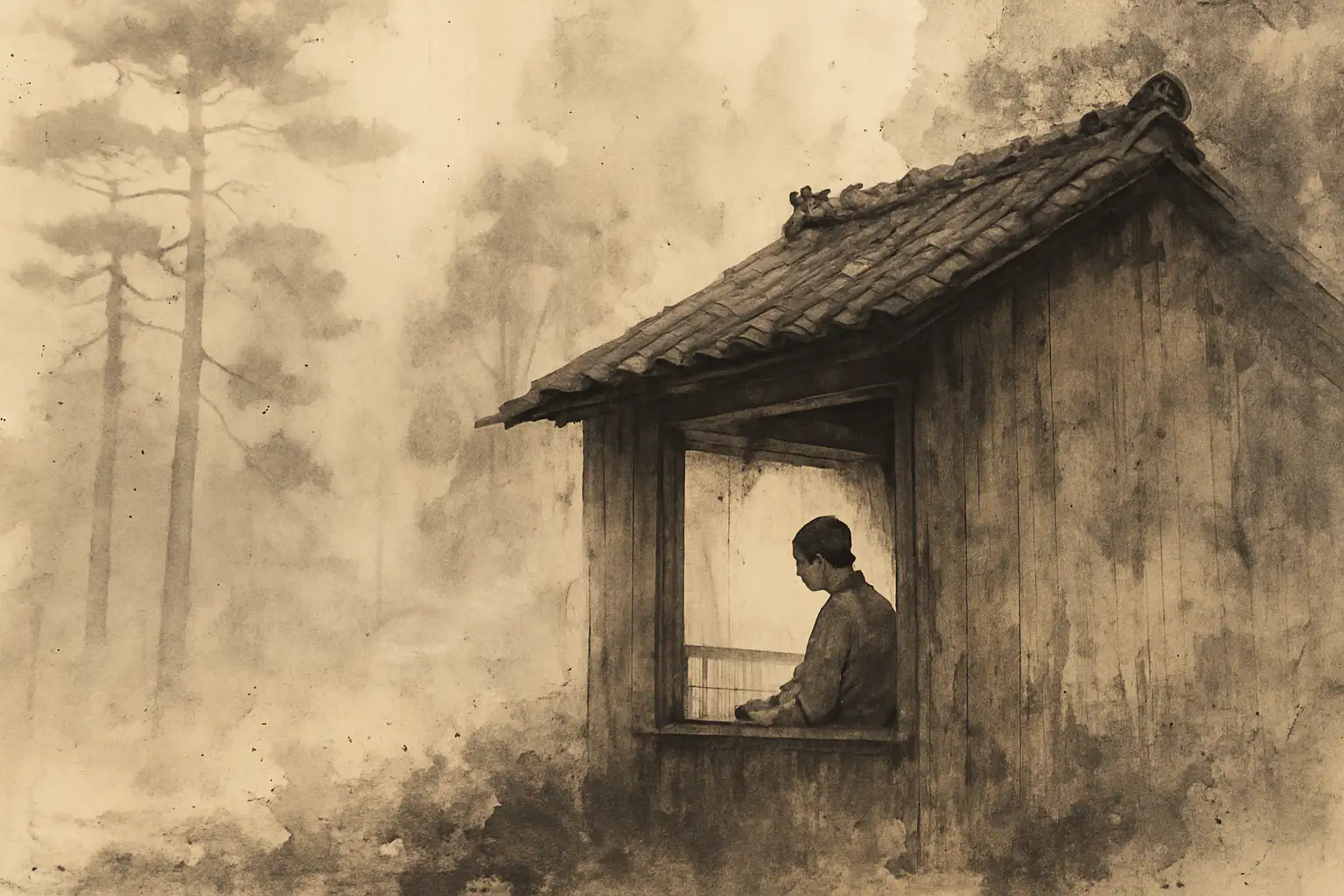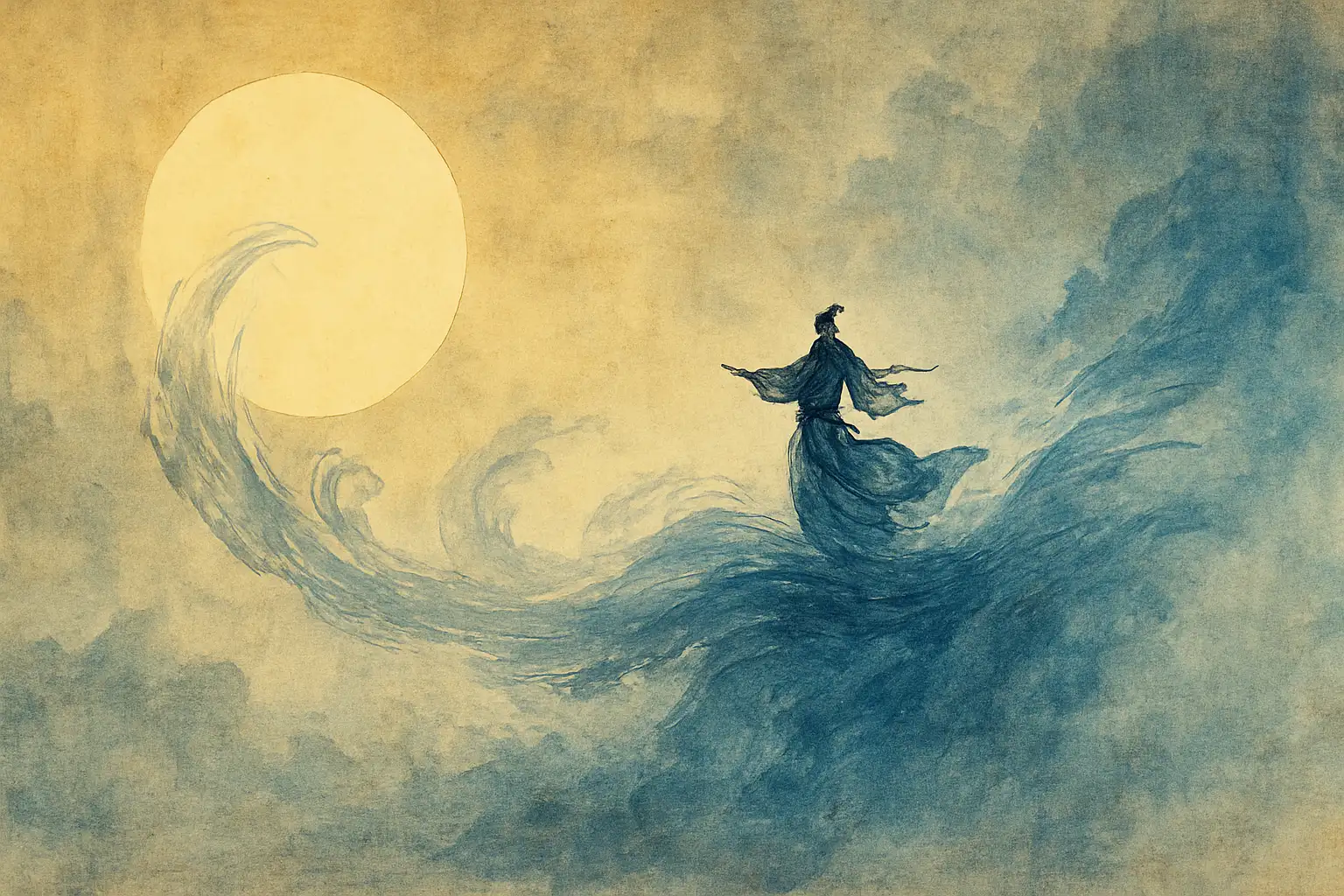How to Ride the Wind, or Letting Go
Published:
Exploring the Tao Te Ching's concept of 'riding the wind' through the story of a man learning to let go of control and embrace effortless action (Wu Wei).

This is the thought that first came into my head. How does one ride the wind? What does Tao Te Ching want to speak to me, when it says to ride the wind?
The softest in the world Surpasses the hardest in the world. What has no substance Can penetrate what has no opening.
Thereby I know the value of non-action.
The value of teaching without words And accomplishing without action Is understood by few in the world.
The first four lines can also be said as:
That which offers no resistance Overcomes the hardest That which offers no resistance Can enter where there is no space
So the story goes like this…
Long ago, in a quiet village, there was a man who dreamed of harnessing the wind. One morning, he stood up and spoke to the empty air, telling it that he would climb onto its gusts and guide them as he pleased. He would trust the wind to carry him far, letting it lead him to the places he longed to reach.
At dawn, he stepped onto a small hill that overlooked the old path where villagers came and went. There he stood, waiting for the wind to answer his call.

Each evening, when the wind picked up, he would shout into the gusts and wave his arms like a madman. He jumped and flailed, trying to bend the air in his favor, only to tire himself out and return home at nightfall. He carried on this way for years, convinced that this strange dance would let him control more than the wind. In time, he saw how wrong he was.
He carried these habits into his everyday life, always pushing ahead with the same rigid approach. He never listened or adjusted his ways. In time, he found himself alone, arguing with others over things he could not understand or accept.

As he grew older, he saw his friends and neighbors settle down, get married and raise families. This made him think that there would always be something beyond his reach. He tried again and again to hold on, until he finally let go of this idea of control. What you can control will stay in your hands, and what you cannot will remain outside of your reach.
One morning, he understood how wrong he had been. Or perhaps it was just the years of talking to the wind that taught him this lesson. It was the one thing he never failed to do, day after day. It always seemed that something escaped his hold. Time and again, he tried to shape the wind, to take him where he wanted to go, until at last he stopped trying.

With this change, each moment felt lighter. He found that he did not have to force his way through life, because life was always moving along its own path, like the wind. Without the old chains of needing a certain outcome, everything flowed with ease. He no longer carried the weight of trying to shape each event, and in letting go, he saw how much more open the world appeared. Such is the path of effortless action, or the non-action.
He realized that by releasing the need to control, he had not lost himself. Instead, he had found a quieter space within, where he could act without fear of where those actions would lead. He saw that the path before him was always there, and he had only to walk it, allowing it to guide him. In this gentle acceptance, life took on a simple beauty. The days grew calm, and the old worries faded. It was as if the world spoke in a softer voice, and he finally listened.
In time, standing on that old hill became a simple habit. He no longer fought the gusts, nor tried to bend them to his will. Instead, he learned to walk in step with their gentle push, allowing them to guide him as he listened. He watched the wind swirl in its own rhythm, knowing it would not break for him, and so he found a way to join it.
This did not mean he lost himself. He discovered that acting in tune with what moved around him gave him a new kind of freedom. The wind never asked him to surrender his path, only to accept its currents as they were. By moving with them, he no longer forced himself against the world. In doing so, he rose into the air, carried forward by a power he did not create. He did not cling or resist. He simply found the place where he and the wind flowed together.
One day, he rose above the old hill, drifting with that quiet force. It was not empty passivity. It was the soft skill of knowing when to step aside and let the greater tide carry him. From above, he saw how all paths spread out below, and that he could still reach where he wished to be. The difference was that he arrived there gently, without any struggle, lifted by a strength older and wiser than any plan he could make. In that gentle flight, he learned that being in accord with things around him was the true way to move through the world.

The act of Wu Wei is not about not doing anything, rather there’s a deep flow within us. Holding on too tight and shouting at the wind leads nowhere. The wind will always blow. The world will always turn. When we learn to live in accord with what we cannot move and shape, we find we can still reach the place we wish to go, but with ease and calm. This is how one learns to ride the wind.
Latest articles
Read all my blog postsNovember 21, 2025
AI Psychosis
A dissociative state in which reality is experienced not directly, but as prompts to be engineered; life becomes a series of queries awaiting AI response.
Read moreApril 24, 2025
How to Ride the Wind, or Letting Go
Exploring the Tao Te Ching's concept of 'riding the wind' through the story of a man learning to let go of control and embrace effortless action (Wu Wei).
Read more